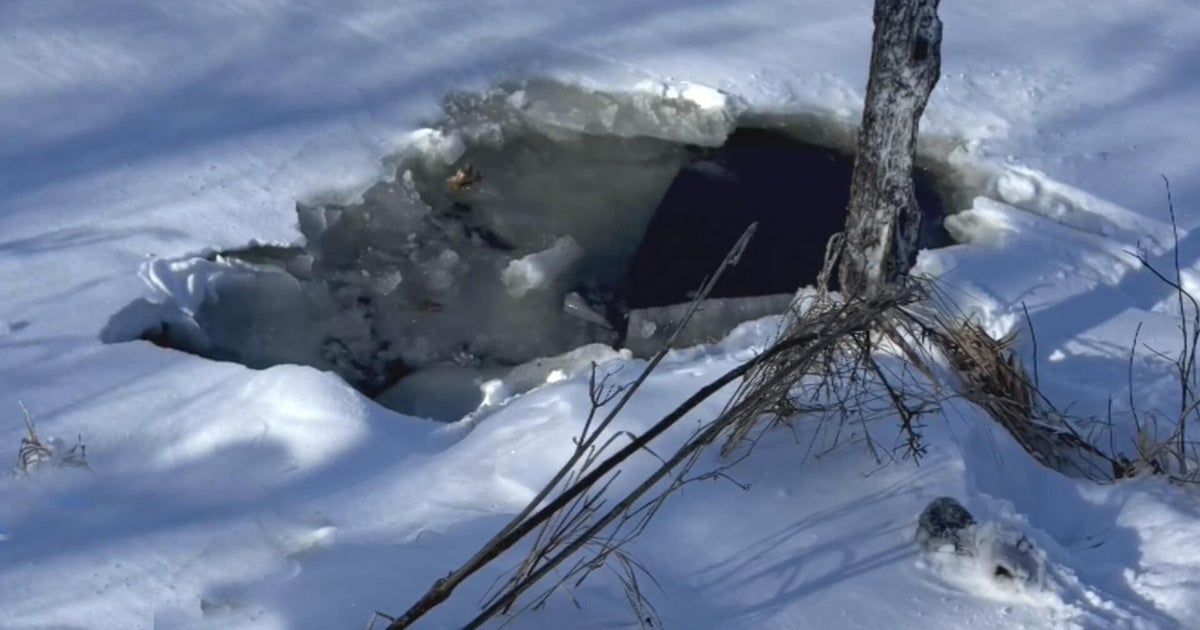Eskimo ice cream: the native Alaskan dessert featuring pike fish
More than 400 miles from Anchorage, the only way to get to Bethel, Alaska, is by boat or plane.
In the remote city, travel is still an obstacle: The main road is a frozen river six months out of the year, and along that seasonal path, native Alaskan Laurie O'Brien makes the trek in search of pike fish — the unlikely key ingredient for her generations-old dessert.
In order to catch the fish, O'Brien drills through a 4-foot sheet of ice, baits a hook and waits for a bite to make akutaq, also known as Eskimo ice cream. Like most traditional Native dishes, it features only ingredients hunted and gathered.
Village elder Ester Green, 84, tells CBS News correspondent Jonathan Vigliotti she still uses a recipe passed down by her mother.
"The oil helps you physically to stay healthy," she said.
And of course no two households make akutaq the same way. O'Brien has her own approach.
The first tedious steps are boiling and deboning the fish. Once clear, the mixing begins starting with seal oil and reindeer fat. After about 30 minutes, O'Brien adds the catch of the day along with locally picked salmon berries — named for their color, not taste.
The final ingredient is snow from the backyard.
Vigliotti described the taste of the finished product as "surprisingly sweet."
"The berries are what I taste most," he said. "I can taste the fishiness of it too. It does not taste like Häagen-Dazs."
Akutaq can't be found like Häagen-Dazs either.
"It can't be bought in the store," O'Brien said. "It goes back to your senses and your palate. When you have a food that only your mother made, it brings you back to those times. It connects you back to your history."
Green echoed the sentiment saying, "If you know your food, how to get it, where to get, how to handle it, you have plenty of food to eat."





